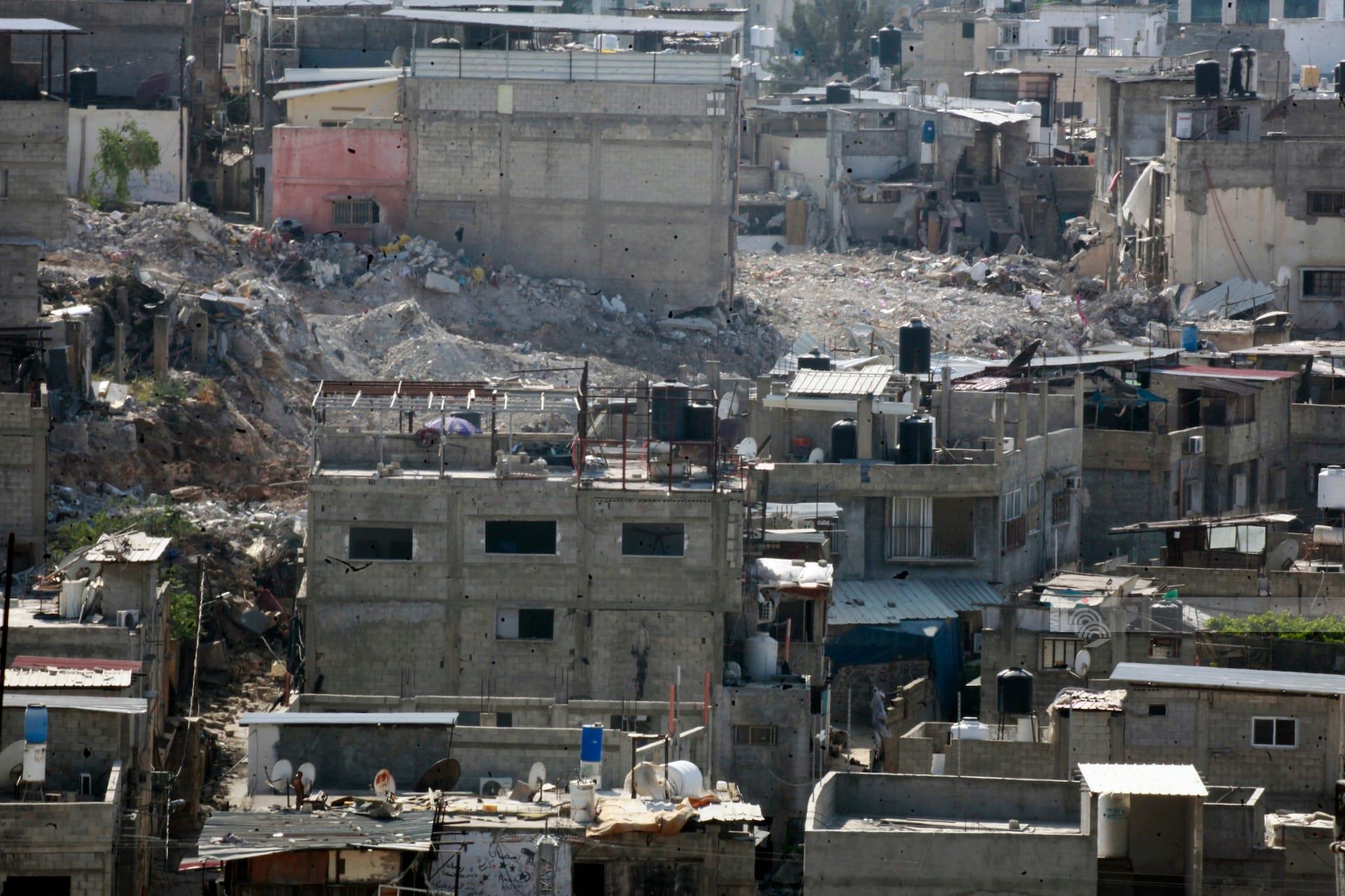TULKARM, June 19, 2025 (WAFA) – The Israeli military offensive in the West Bank city of Tulkarm and its refugee camps continues for the 144th consecutive day. The offensive, marked by widespread home demolitions and intensified military presence, has displaced thousands and caused significant damage to infrastructure.
According to WAFA correspondent, Israeli bulldozers continued their demolition of residential buildings in Tulkarm refugee camp for the 14th day in a row. The latest demolitions have targeted several neighborhoods including Al-Balawneh, Al-Okasha, Al-Nadi, and Al-Sawalmeh, along with surrounding areas.
In the nearby Nour Shams refugee camp, Israeli forces deployed a heavy-duty D10 bulldozer today, escalating a weeks-long demolition campaign. More than 50 buildings have already been razed under the pretext of opening roads and altering the geographic landscape of the camps.
This latest demolitions are part of a broader plan by Israeli authorities to demolish a total of 106 buildings across both camps — 58 of them in Tulkarm Camp alone, which include over 250 homes and dozens of commercial establishments, and 48 buildings in Nur Shams.
The Israeli military has also imposed a strict siege on both camps and their surrounding areas. Ground troops and armored vehicles are stationed throughout alleys, entrances, and residential zones, preventing residents from returning to their homes or salvaging belongings. Reports indicate that Israeli forces have been firing live ammunition at anyone attempting to approach the areas.
So far, the prolonged assault has resulted in the killing of 13 Palestinians, including a child and two women — one of whom was eight months pregnant. Dozens more have been injured or arrested. Extensive destruction has affected homes, shops, vehicles, and critical infrastructure.
Recent estimates show that over 5,000 families — more than 25,000 people — have been forcibly displaced from Tulkarm and Nur Shams refugee camps. At least 400 homes have been completely destroyed, while 2,573 have sustained partial damage.
In addition, the entrances to the camps remain sealed with military barriers, rendering the areas nearly devoid of civilian life.
M.N









